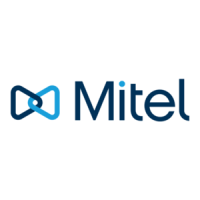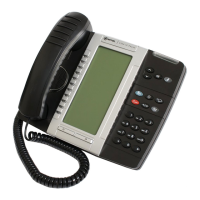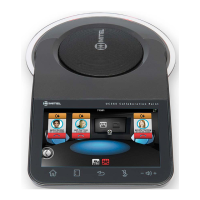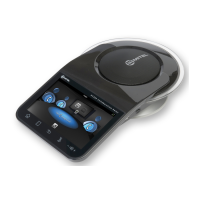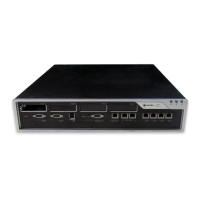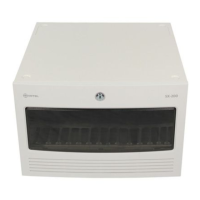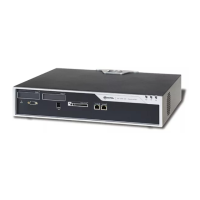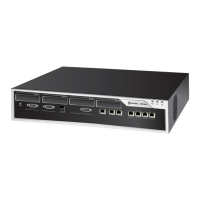What to do if MiCollab Conference System by Mitel can call 933 but the location is not sent?
- MMiguel SmithAug 6, 2025
If MiCollab can call 933 but the location isn't sent, it might be because 933 is not configured in the MiCollab user configuration-Location service. Ensure that the MiCollab client emergency location is configured and that the Mitel Network helper is running.
